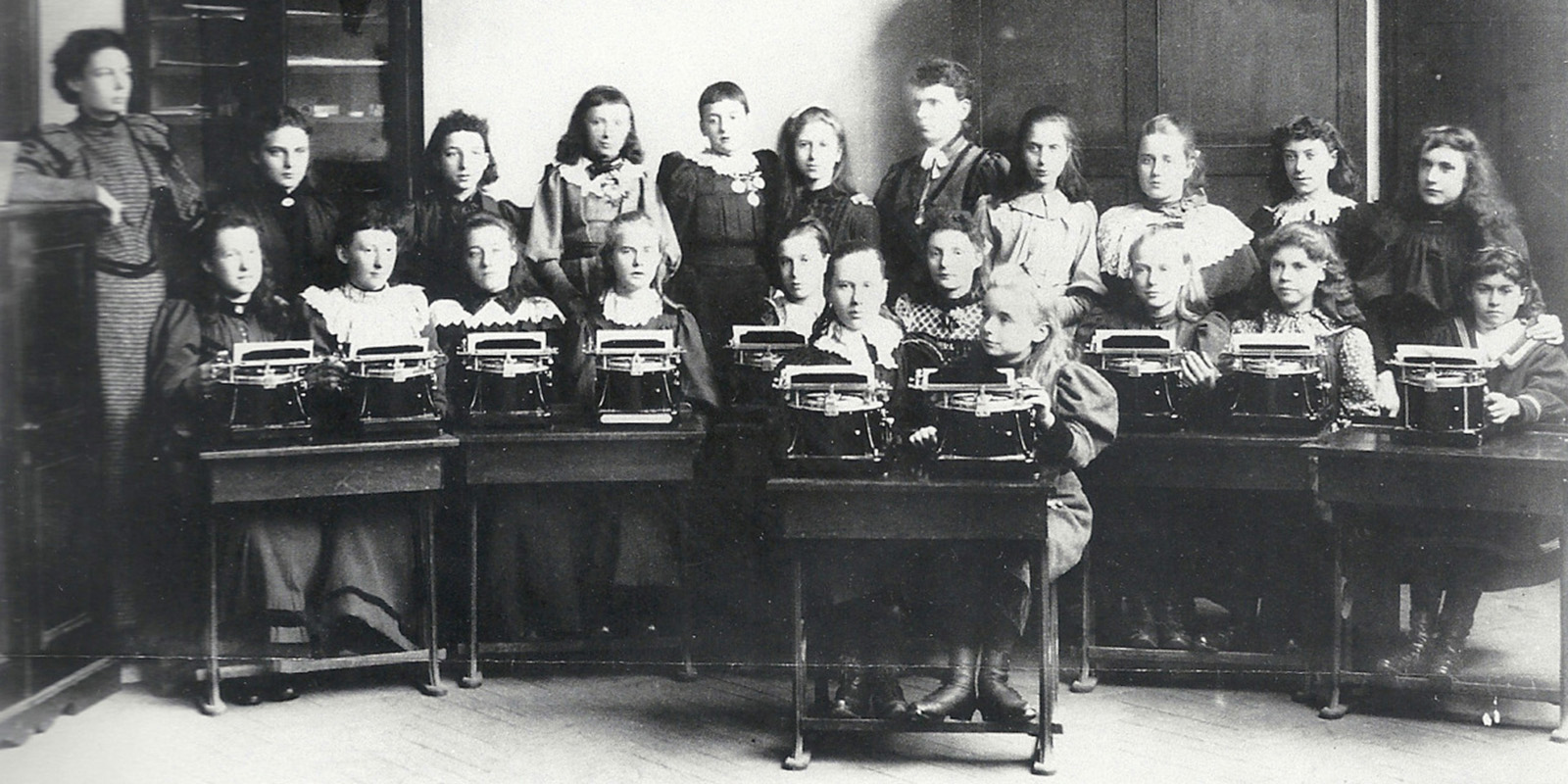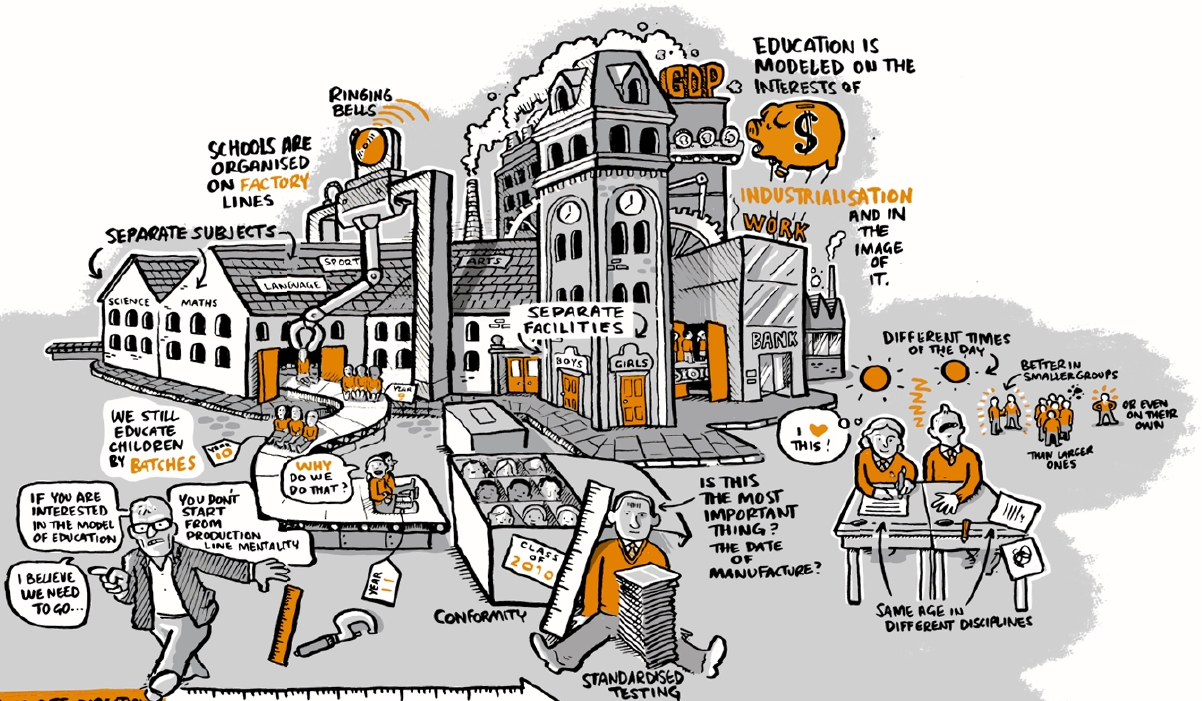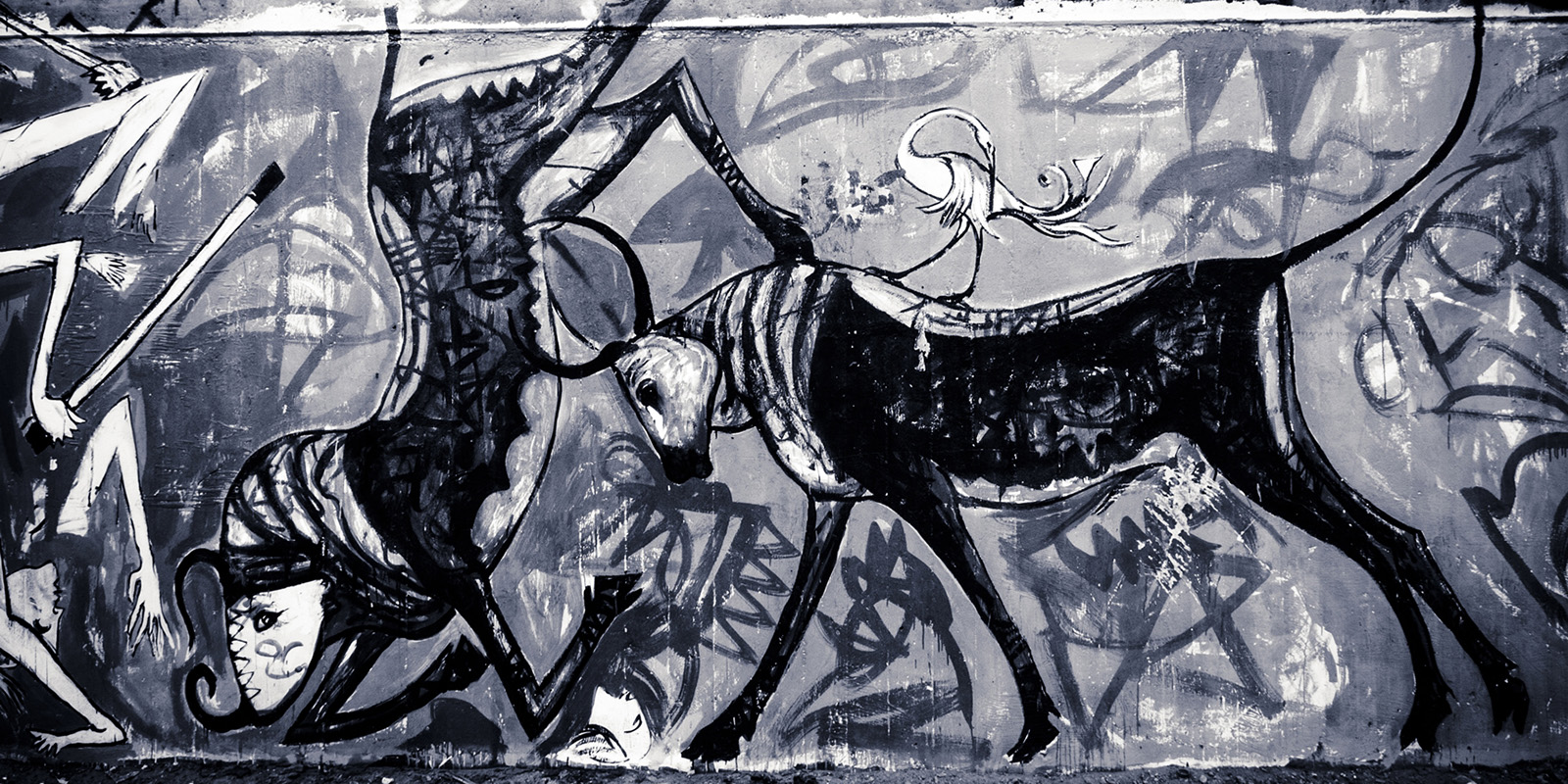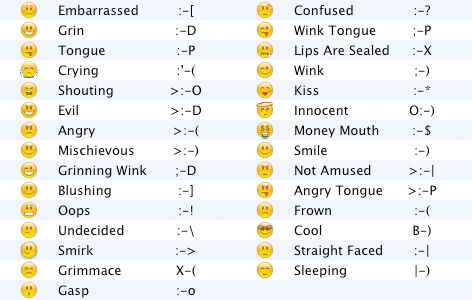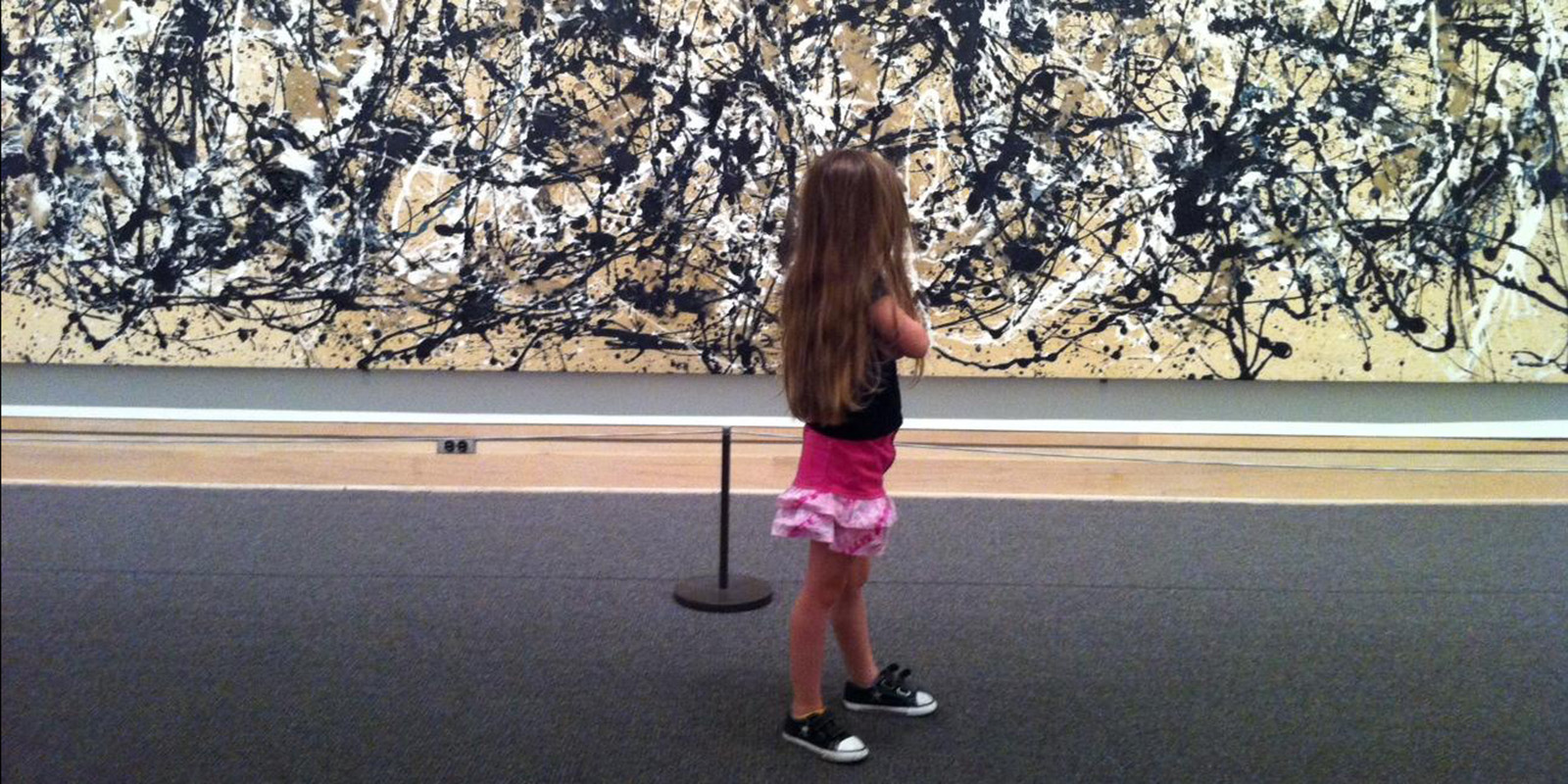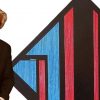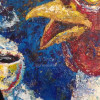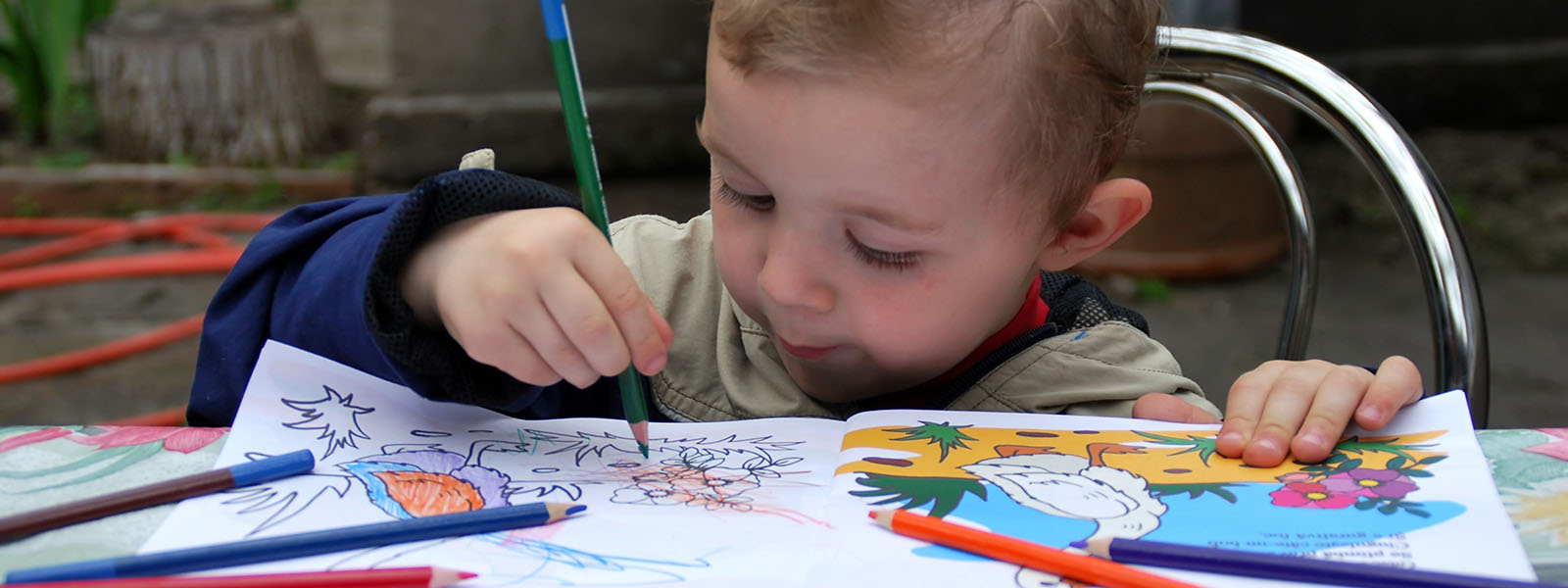
First of all there is an important expression that needs to be kept in mind during the reading of this post:
“A picture speaks a thousand words.”
It is something we have all heard and used a thousand times, but due to our educational up-bring have really failed to grasp as an an actionable result to any need to express something. Through research and my teaching practices over the years in lateral thinking and visual communications, I feel that the aspects behind what we commonly classify as art are the primary faculties of communications that have been muted since birth in ourselves and for epochs for mankind. I would like to explore the theory in this post and to give some credible credit for the notion that art (as we commonly refer to it) is and was the first communication form.
One thing we have learnt and need to understand more from the images from Lascaux, France and many more images from the dawn of man, is that they were not simply a prettification of their living quarters. These images told very understandable narratives, that were in historical terms, the first ever forms of communication. Even though in millennia to come we were to built a language structure based on spoken words and written characters, this was the first method of practice that enabled us to speak to each other. Long before we even had the ability to form words in our mouths. This in some way is not to far removed from the first steps any new born human tries to take in the path of communication, as it is unleashed into the world without a stored knowledge of words and vocabulary to speak. Think about your past. What was the first thing you did; draw or talk?
The opinion I have, and the simple fact that most children inherently know how to draw (regardless of genetic lineage or taught skills) long before talking effectively, is that this is a genetically coded ability that stems back from our evolutionary path into homo sapiens. I am sure you have all sat and watched your children, or other’s children, scribble away at things for hours, without any formal training or knowledge, but with an ability to conjure the most imaginary and creative images. Now, where did that come from? My parents were not artists, or creative, nor was there a known lineage of creativity in my family, but I was able to draw at an early age.
It should also be pointed out that this ability to draw is resident in all children from an early age. What is not naturally resident or at least is a more complex method of communication is language. Language is greatly encouraged to develop via socio-reflective learning at an early age. We all remember our parents, siblings and relatives all making noises at us to encourage us to say things. This, on the whole, is how we learn to talk. It is then stimulated and improved through traditional learning methods. Where as art is tended to be ignored on this level, and after school has started is made redundant or forced to a tertiary position in educational institutions.
This is the most damaging flaw in our development as human beings. The modern education system has been around since the phase in our history known as the “Industrial Revolution”. It was a method to educate the uneducated to allow them to function properly as minions in the practices of industrialisation. It is very clear that the subjects and methods of learning in all schools are geared to make us better workers. It was highlighted very well in one of Sir Ken Robinson‘s talks “Changing the Educational Paradigm” (see it here!). And also it’s not a coincidence that Sir Ken Robinson is talking from his experience in researching the use of art and creativity in educational environments.
When we are controlled and not allowed to freely express, this is when language is lost. This is when the artistic ability to communicate is lost. When art lessons at schools sit students down with a piece of paper and tells them to draw something, instead of nurturing their inherent ability to communicate this way. Without teaching them that the aspects of visual communication is as strong a foundation, as much as learning to spell or grammar is in written language.
What isn’t surprising is that in the model that the society is forming today, the scope and reality is seeing visual language as the best and most powerful process to unite the planet (when technology unites us arbitrarily with the internet) in a way to understand each other is being crushed. Placing it in a very weak “under-foot” role of being a pleasurable element to our daily lives: a piece of eye candy to brighten up our day. But, the fact is, and this is where society is failing, the arts are, unlike the mighty pen, a strong and powerful way to communicate a message a cross. Jokingly, have you ever played Dictionary with a bunch of non-aesthetically minded people? They are still able to scribble out a form of communication that is understood by everyone. This is because our brain is set up to evaluate the visual easier. A tried and tested method of teaching oneself to remember things is by using visual associations. All the evidence is there and regardless of the semiotic depths of the communication forms, it is in some way being utilised around us today.
Whether in street art/graffiti or advertising campaigns on television the power of communication in the visual form is there to get our attention. The psychology of meaning has been developed along with practices such as gestaltism to allow our brains to evolve the visual communication practice to such a level of brilliance that it somehow and sometimes gets lost. Due to the fact that the arts are rarely promoted, explored or nurtured past the age of five, as a result of the education system. It has seemingly been left in the hands of the few that have found a spark in the right side of their brain, and use this communication ability to good effect. But the funny thing is this, we still all understand the message.
The semantic value in an item is built from a natural understanding of the planet and the elements within it. As like Freud stated about our inherent ID, we all have a automatic interpretation of things through our visual cortex; a curiosity to understand. In a sense, and not to play on Plato‘s “The Cave” analogy, we do interpret stimuli to the eye, regardless of knowledge, naturally. It maybe misguided or lacking scope of knowledge, but nonetheless it forms a picture of cognitive evaluation. What Plato was trying to state, is that if all were subject to this form of development, the result will all be conclusively the same, because the input was the same.
Visuals, and even as the alphabet is an icon visual, present a specific meaning. This meaning can be formed in a variety of ways, but on the whole is read and understood by preformed cognitive evaluation. Here is a simple example from a famous artist to the audience. And remember “A picture speaks a thousand words”.
We all remember or know Picasso‘s famous bull lineage of drawings. His process to define a bull in the most purest form was developed over years of drawing. One can see the steps of understanding that are taken to get the bull, to be seen as such, in all the drawings. Now, where this set of images is useful to understand in terms of a universal language is clear, in my mind. Basically it is an indicator that we all know what this is. We also see that the objects are related and have a path of similarity in their forms that defines all of them as a bull. So, the communication used through these pictures is firstly, universal, and secondly very clear to understand. Reverting back to that saying; “a picture speaks a thousand words.” To make this more understandable as a form of communication that is inherent, but dormant in many and misunderstood in most, here is a better way of seeing it’s scope and potential.
The crazy thing about language is that even though a great deal of languages are based on latin, some on greek, some cyrillic and others are ideogrammatic (like japanese, chinese, etc), they are hard to understand if one is not of that language base, or even language locale. Saying that, even as an example (as I have lived in parts of the UK), dialects are sometimes hard to fathom, understand and use. But, and this is the point of the image above, the understanding and interpretation of images is pretty much universal. In all the languages stated above, this is a bull. Well what I am saying is, our minds decipher it as an animal that we have placed on the word “toro / bull / taureau / Stier / touro” (in the respective languages) to. Our minds all see the same image and we recognise the same interpretation in that image. Therefore the powers to be able to communicate universally are more adept and easier to nurture than that of our now existent language forms. We have over the years tried hard to modify language to make some aspects of it more easy to understand universally. This has been because of the advent of the internet and a strong need to sometimes get over information and emotions in a relatively quick way.
We have all seen and used these emoticon forms in some part of our life. What this is, is an attempt to translate a language we know (written) into the inherent and cognitive visual language. As much as it is said that the simplicity in Chinese and Japanese characters are based on rudimentary similarities in the meanings they are trying to represent, then so do emoticons. A semi-colon, hash and right bracket is translated in to a smiling wink – 😉, due to evolved learning of a code structure, that uses visuals as the basis for understanding. But more so it has become better and more respected for these formed emoticons to actually be turned into their visual comparison (see above).
This is not just by evolving a process due to technology. It is a direct result of the way the brain works in regard to evaluating the information being delivered as a cognitive process. It is much easier to understand a visual than a spoken or written expression, and lets face it, if you really think about it, when we are trying to understand something we tend to picture it in our minds. This is not just a coincidence. Our brains, through centuries, have retained the genetic coding that allows us to communicate through images. After all, half of our brain is dedicated to being visually driven and a centre for fantasy processing. A key part in an visual skills to communicate something.
To end on a lighter note. Could you image if all of us were allowed to develop, nurture and explore the potential in this universal, inbuilt communication system, that the next time we are standing in an art gallery looking at a Pollock, thinking to ourselves “What is he trying to say?” Well then, maybe if we had just ignored school and learnt the natural processes of communication, then maybe it would be all so very clear.



